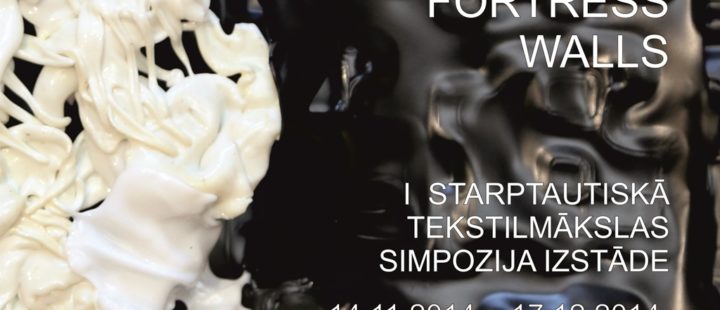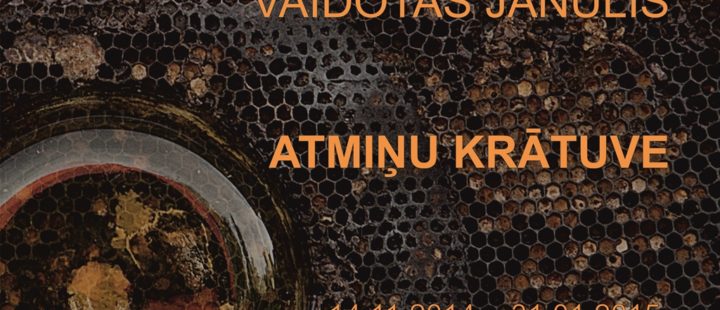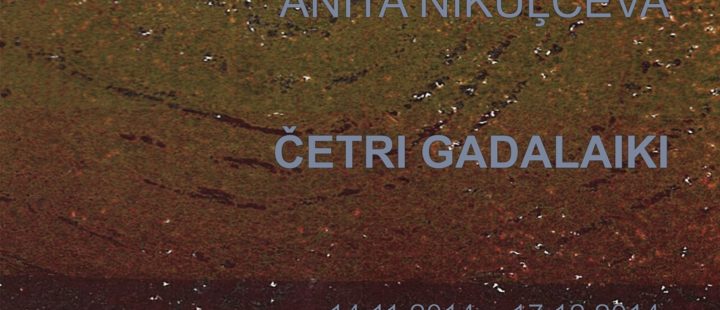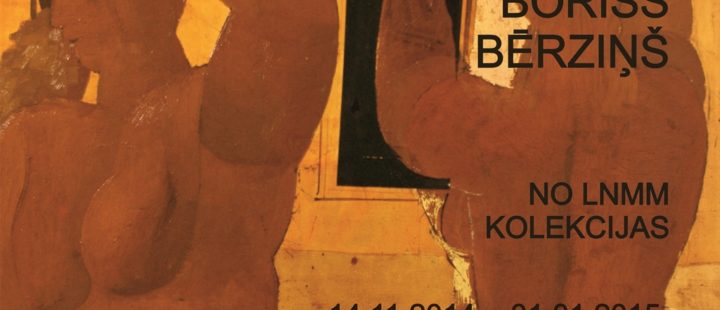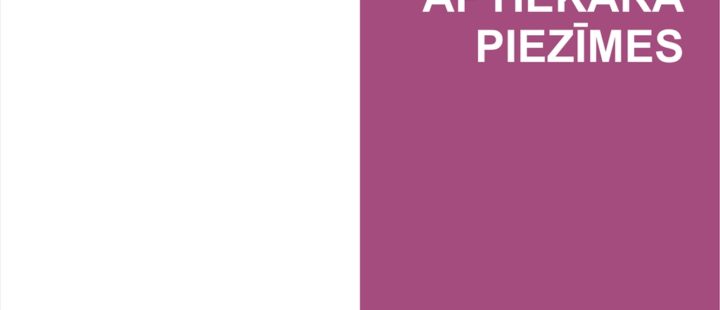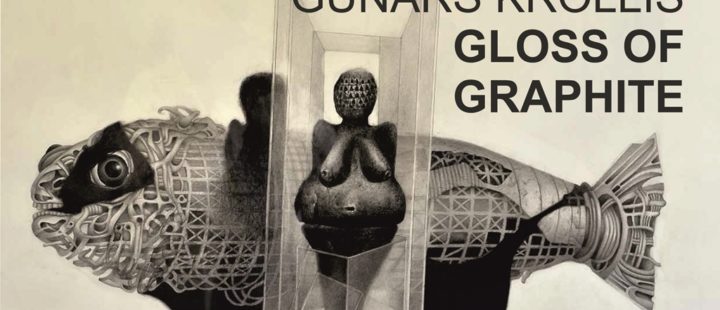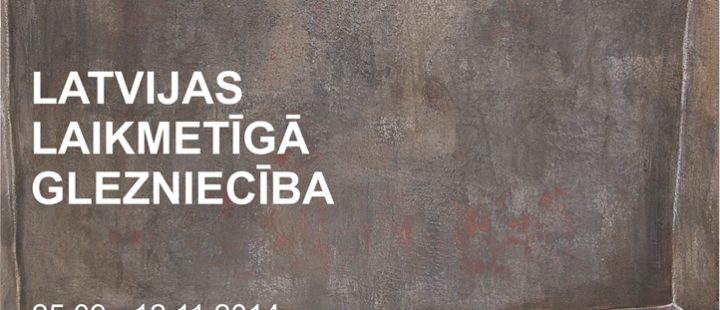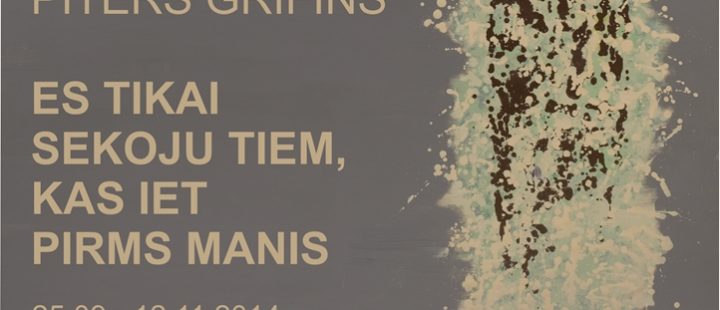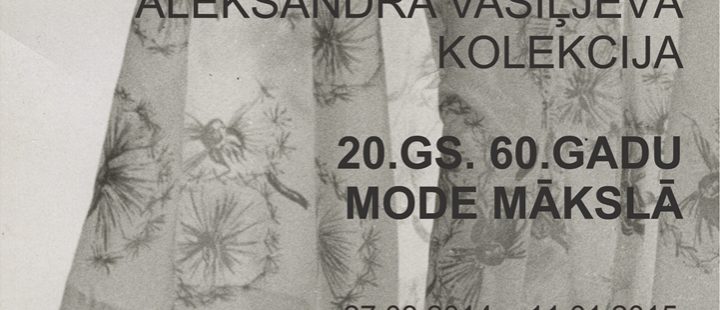Archive
The first International Textile Art Symposium “Fortress Walls”
- - 11.11.2014
“Fortress Walls” is the first International Textile Art Symposium held in Daugavpils Mark Rothko Art Centre. Artists, participating in the Symposium, were asked to create unique textile art miniatures, drawing their inspiration from the architecture of the Daugavpils fortress, from its atmosphere and relief.
The specific fortress atmosphere creates the world of colors and a unique atmosphere on the banks of the river Daugava, besides, miniature as the genre of art is an entirely complicated task. It requires from the artist considerable skills: in a very limited space, to balance and combine both the conception conceived by the author and the use of the techniques imposed by the materials. At creating their works, artists used various textile and fiber materials: from the traditional materials to different synthetic and natural ones.
Nine artists participated in the Textile Art Symposium “Fortress Walls”: Raija Jokinen (Finland), Liudmila Vasileva (Russia), Helen Saether (Norway), Ane Vik Eines (Norway), Peteris Sidars (Latvia), Kristine Sile (Latvia), Iveta Laure (Latvia), Andra Kurzemniece (Latvia), Jolanta Savvina (Latvia). Vaidotas Janulis “ARCHIVES OF MEMORY”
- - 11.11.2014
Vaidotas Janulis
"ARCHIVES OF MEMORY"
Memory is neither the depository of information about forms of things, nor the accumulation of fixed views in our consciousness. It is the form of collecting, fixing and saving information. In the contemporary society, the boundaries between different art disciplines are merging, and at the same time the genre forms and ways to express the new concepts are insufficient. New tools and technologies enable us to make the process of creation faster and also encourage seeking for new art spaces and taking a fresh look at different phenomena. Artists try out literature, prose, mix various forms of art. It seems that the old well-established art forms are bound to change, and they do it; they vanish, renew and integrate. The creative field for emerging of conceptual art forms is formed.
Objects, installations absorb all forms of art: sound, calligraphy and others; even the smell is used to emphasize the importance of the idea. Honeycombs used in the objects are united by the element of wax – a coat rack, which expands the creation space. Honeycomb is a brilliant example of gathering and saving information. Man has invented analogue photography, daguerreotype, digital photography, which all are the means for fixing and maintaining the image. Pixel produces the image in digital technology, so it also gathers and stores the information. Therefore the analogy between these forms of collecting and retaining information can be drawn. Anita Nikulceva “Four Seasons”
- - 11.11.2014
Anita Nikulceva
"Four Seasons"
Anita Nikulceva has studied interior design at Riga College of Architecture and Design, has obtained bachelor’s degree in computer design and master’s degree in art at Daugavpils University. The artist regularly participates in exhibitions organized in Latvia and abroad. In her graphic works, using minimal means of expression, mainly color and form, Anita tries to depict the different levels of understanding things, processes and phenomena.
The cycle FOUR SEASONS includes twelve graphic works, each work representing one month of a year. They show how observing the continuous processes in nature man comprehends the secrets of nature. The source of inspiration for these works was Japanese haiku carrying a strong philosophical message, which also form the system of images of every work, as well as provide compositional and color solution. “Boriss Bērziņš”
- - 11.11.2014
Boriss Bērziņš – one of the most outstanding representatives in the cultural space of the second half of the 20th century. The artist was born on October 7, 1930, Riga. From 1947 to 1952, he studied at Riga Janis Rozentāls Art Secondary School, from 1952 to 1959 - at Latvian State Art Academy, which he graduated with a diploma work “Plostnieki” [Raftsmen], done under the supervision of Eduards Kalniņš. From 1955 he participated in exhibitions, from 1961 he was a member of Latvian Artists Association.
Bērziņš began working at the Art Academy of Latvia already in 1963; first – as a lecturer at evening training courses, later – at the Department of Painting. When Eduards Kalniņš died in 1988, he took over and led the Painting Studio of the USSR Art Academy in Riga, and always followed his students’ career in art. His studio had always been open to creative conversations on art, even in the time when health problems prevented him from participating in the events. Apart from holding the post of professor at the Art Academy, he had received significant awards and titles both in Latvia and abroad. In his life, a very significant event occurred in 1979 when he received the 2nd prize at the Cleveland 4th International Drawing Biennial held in Middlesbrough, England, but in 1983 he was given the 3rd prize at the 6th biennial organized at the same place. In 1994, Bērziņš was elected the honorary member of the Latvian Academy of Sciences, in 1995 he was awarded the Order of Three Stars. Since 1997 Bērziņš was a life grant holder, given to him by the State Cultural Capital Foundation. In 2000, for his life-long contribution to art he received Spīdola prize of the State Culture Foundation. INTERNATIONAL RESIDENCE III LATGALE GRAPHIC ART SYMPOSIUM
- - 06.10.2014
INTERNATIONAL RESIDENCE
III LATGALE GRAPHIC ART SYMPOSIUM
OCTOBER 7-14, 2014, DAUGAVPILS
APOTHECARY NOTES
Latgale Graphic Art Symposium is like meeting, discussion and creative work in the space of culture in Latgale, which brought together similarly and differently thinking and working graphic artists and artists of other media from Latvia and foreign countries, whose expression of art is graphics.
Apothecary notes is a common theme for the final exhibition by the end of III Latgale Graphic Art Symposium. As Jacob Rothkowitz, father to Mark Rothko – an outstanding founder of abstract expressionism, was apothecary in Dvinsk, so it is natural that the theme of pharmacy and apothecary is perused in graphic art Residence of this year, developing direct connection between inheritance of traditions and sustainability.
Residents of 2014 from five countries – Italy, Latvia, Lithuania, Poland and Serbia – had an opportunity to fill and to sense surroundings and events, dynamics and variability in the frame of centuries in Daugavpils by turning to interpretation of life, feelings, mood and meaning of apothecary in the form of “notes”. GUNĀRS KROLLIS “GLOSS OF GRAPHITE”
- - 02.10.2014
GUNĀRS KROLLIS/GLOSS OF GRAPHITE
Gunārs Krollis was born in 1932, Riga. In 1953, he graduated from J. Rozentāls Riga Art Secondary School. In 1960, he finished the Department of Graphic Arts at the Art Academy of Latvia. He has been participating in exhibitions held in Latvia and abroad since 1956. In 1963, Gunārs Krollis became a member of Latvian Artists Association.
At first Gunārs Krollis was particularly interested in linocut, but later he started to work in etching technique and from time to time took up water-color and painting too. The contribution of the artist to the field of book illustration is significant. In 1992, the artist gained master’s degree in art. He has spent much of his time on pedagogical work educating the new generation of graphic artists at the Art Academy of Latvia.
The gloss of graphite, which we can see at this exhibition, testifies to the fact that pencil as a technique has been the focus of Gunārs Krollis’ attention for several years already. His drawings combine different epochs and culture of different peoples. Artist’s will and imagination determine the understanding of time in his drawings. When we take a look into them, it seems that Gunārs Krollis reminds us of the rich past of mankind’s culture on which today’s world is based and which we so often forget. INTERNATIONAL RESIDENCE “MARK ROTHKO 2014”
- - 10.09.2014
INTERNATIONAL RESIDENCE “MARK ROTHKO 2014”
DAUGAVPILS, 07/09 – 25/09/2014
This year the International Residence “Mark Rothko 2014” will celebrate its first jubilee and will also simultaneously mark both ten years in the development of Mark Rothko Centre and a decade in Latvian contemporary art.
Daugavpils and the Dinaburg Fortress have become places recognizable in the world, the places where artists meet to irreversibly transform the image of the city and the region through their masterly strokes of brush, and this image, in its turn, has left an imprint on the map of contemporary art having become an integral part of it.
Art is the power of creation and ability to perpetuate a moment, leaving for the future to evaluate it. This year the international residence “Mark Rothko 2014” has been attended by 10 artists from different countries of the world – each of them brings part of the world to encapsulate in canvas which will become a part of the collection of Rothko Centre. Latvian Contemporary Painting
- - 08.09.2014
Latvian Contemporary Painting
Artists about themselves, context and exhibition
Artists participating in the exhibition “Latvian Contemporary Painting”, perhaps, can be included in one category, if some general classification principle is applied – for instance, they are all contemporaries, representatives of approximately the same generation, who have convincingly entered the Latvian art space this century. The turn of the century coincided with the time when, initially only anticipated, Latvian painting was undergoing changes, occurring especially in its relationships with the contemporary art. Having overcome the gap, partially caused by historical events and partially institutionally imposed, which has separated these spheres previously, the younger generations of Latvian painters can really be characterized as “Latvian Contemporary Painting”. However, all artists represented at the exhibition are original personalities having their own essentially different and unmistakably individual style. Therefore, though it might have been very tempting to speak about them as a totality, I wished to devote a special attention to their differences, to see personal motivation and choice of each of them. This led me to interviewing them and asking them to answer three similar questions – this proved to be the right way, because the responses were so different! No matter how well art scientists, critics, philosophers are able to characterize artists, invaluable are those cases when artists themselves are allowed to speak. Then the opinions, ideas and judgments are revealed which “a detached observer” would never guess. Fortunately, the generation of Latvian painters, which now can already be called mature, are able to speak about their art from “inside”, openly telling about their emotional experiences, impressions, ideas, and simultaneously be “a detached observer” – to comment on the selected approach within a broader context of time and space. Peter Griffin “I am only the head of those that go before me”
- - 08.09.2014
Peter Griffin
I am only the head of those that go before me
About style:
„...most paintings in this exhibition belong to a time when I really felt I found my own style, a mature style that best allowed me to explore my ideas.”
Abstract or figurative:
„It is not that the paintings become totally abstract it is that they play in this space between abstraction and figuration - really what I am aiming at is a state of having a form that suggests the human presence without necessarily having a human figure.”
„At the same time, I don't like to feel trapped by stylistic restrictions. I feel that I've developed a kind of visual alphabet which can be used in any manner I choose and many of these choices come through the process of painting I could really relate to that statement Matisse wrote in Jazz: „Prisoner? An artist should never be: prisoner of himself, prisoner of a style, prisoner of a reputation, prisoner of success” Collection of Alexandre Vassiliev “Fashion of the 60s of the 20th Century in Art”
- - 04.09.2014
Collection of Alexandre Vassiliev
Fashion of the 60s of the 20th Century in Art
For the first time in Daugavpils, a small part of Alexandre Vassiliev unique collection of clothes can be seen at the exhibition “Fashion of the 60s of the 20th Century in Art”. Alexandre Vassiliev is a well-known stage designer, interior designer, art scientist, fashion historian, author of popular books and essays, excellent lecturer, author and leader of TV shows. He has one of the richest private historical dress collections in the world which includes more than 50 thousand exhibits and covers the period from the 18th century up to nowadays. The exhibition shows not only the clothing, but also footwear, accessories, photographs, pictures. The collection is kept in Paris and Lithuania, and it is constantly supplemented by donations and purchases on sales and in antiquarian shops. 
